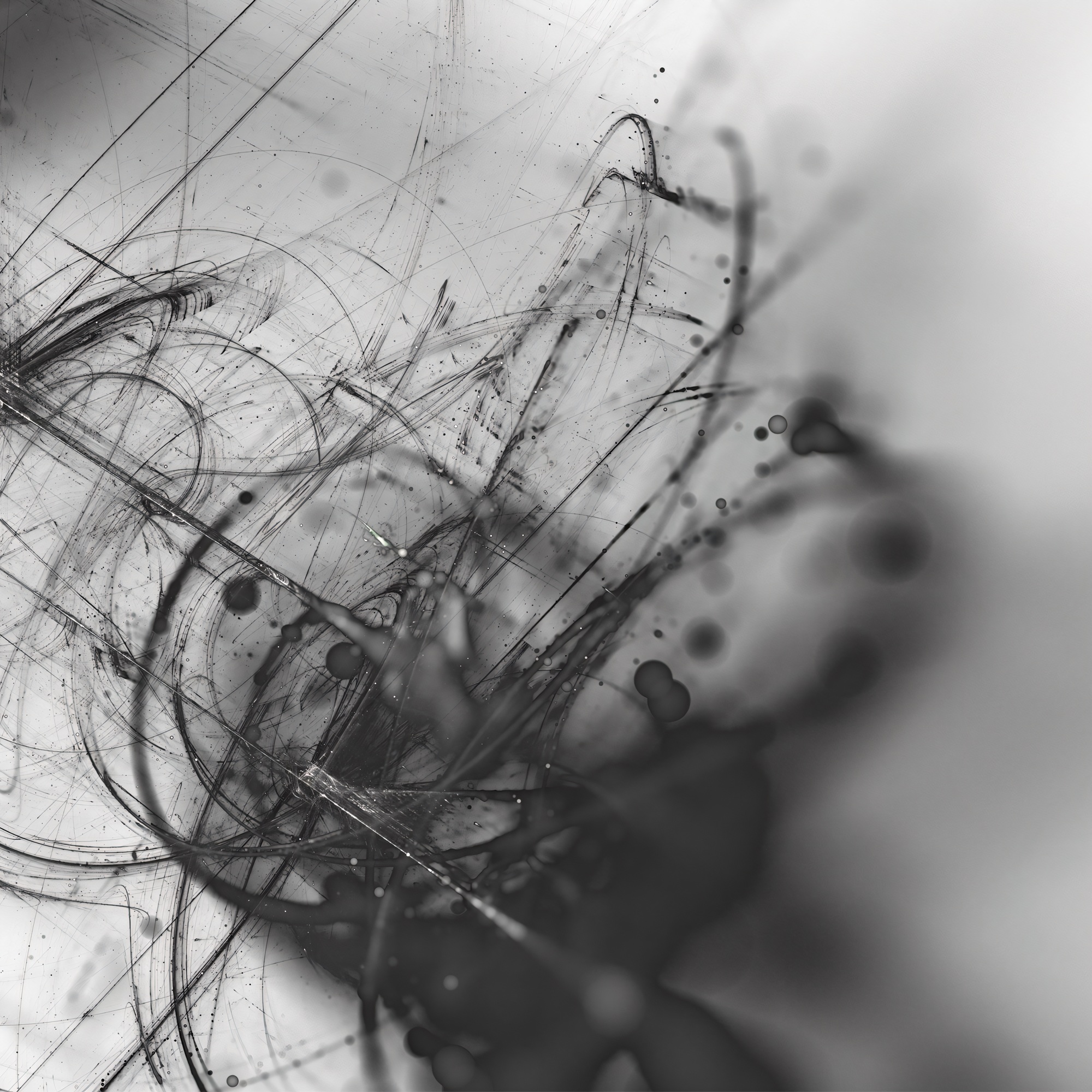Sculpting the Infinity: Multidimensional Iterative Structures

The iterative structure involves repeating a geometric shape or pattern multiple times, with each iteration being slightly different from the previous one. This repetition creates a complex and often attractive pattern. It purposefully creates an illusion of more complex geometry and dynamic action in a composition.
Is the Geometry Interconnected? An illusion.
Creating illusions in art is an age-old technique —and fundamental prerequisite—that has been used by artists for centuries. From creating the illusion of depth in a two-dimensional painting to using perspective to create a three-dimensional effect, artists have always been fascinated with creating the illusion of space and dimension.
By applying mathematical concepts to art, Sandner can create shapes and patterns that are both aesthetically pleasing and intellectually stimulating, to draw in viewers and keep them engaged with the artwork, allowing them to appreciate its beauty and complexity on a deeper level. Such designs are not only beautiful but also scientifically interesting.
Form and Content... Or Aesthetics and Neuroscience?
This is because the brain is wired to recognize patterns and repetition, and when it sees a repetition or similarity, it can trigger a sense of familiarity and comfort. Repetitive patterns can have a calming and even hypnotic effect on the brain. This is why they are often used in meditation and relaxation techniques.
Repetitive patterns are ubiquitous in the environment, and the visual cortex is exceptionally well-equipped to identify them. The brain can detect repeating patterns in a scene and use this information to segment the environment into distinct regions. This ability is essential for object recognition—it allows the brain to isolate individual objects from their backgrounds. Additionally, the visual cortex can detect complex patterns that repeat at different scales and orientations.
This capability enables the brain to recognize intricate textures and shapes, such as those found in natural scenes or abstract art. Overall, the visual cortex's ability to recognize repetitive and intricate patterns is a crucial component of human perception and has significant implications for various fields, including art, psychology, and neuroscience.
In a series of art prints and digital abstract art by Daniel Sandner from the years 2017-2023 you may see many examples of using this visual strategy to explore iterative systems and multidimensional mathematical formulas.
Iterate for Infinity and Beyond
Another feature of this art form or style is its ability to explore the concept of infinity. By creating designs that repeat infinitely, artists can create a sense of continuous space and time — an important tool and device for constructing good composition.
There is a reason we are talking about time. In addition to creating the illusion of depth, multidimensional iterative structures can also create a sense of movement and flow. This is because the repeating patterns create a visual rhythm that mesmerizes the viewer.
This can be particularly powerful in abstract art, as it allows the artist to create a sense of movement and flow that is not necessarily tied to a specific subject matter.
One of the most well-known examples of multidimensional iterative structures is the Mandelbrot set (defined by Brooks and Matelski in 1978). This is a fractal pattern that repeats itself "infinitely" and is often used in digital art. The Mandelbrot set is a perfect example of how repeating patterns can create a sense of infinity and depth in a two-dimensional image.
Mathematic Mirror: Minimalist Play with Higher Dimensions
From sculpture to digital art and design, this technique can be used to create unique and intricate designs that are tailored to the medium in which they are created. Contemporary Czech artist Daniel Sandner is often using this composition technique for his experimental abstract art—yet you may see the design ideas in any creative branches for millennia, in various contexts.
The use of multidimensional iterative structures and generative techniques in art can also be seen as a reflection of our modern world, which is becoming increasingly complex and interconnected, and also it reflects the multidimensional nature of our reality.



